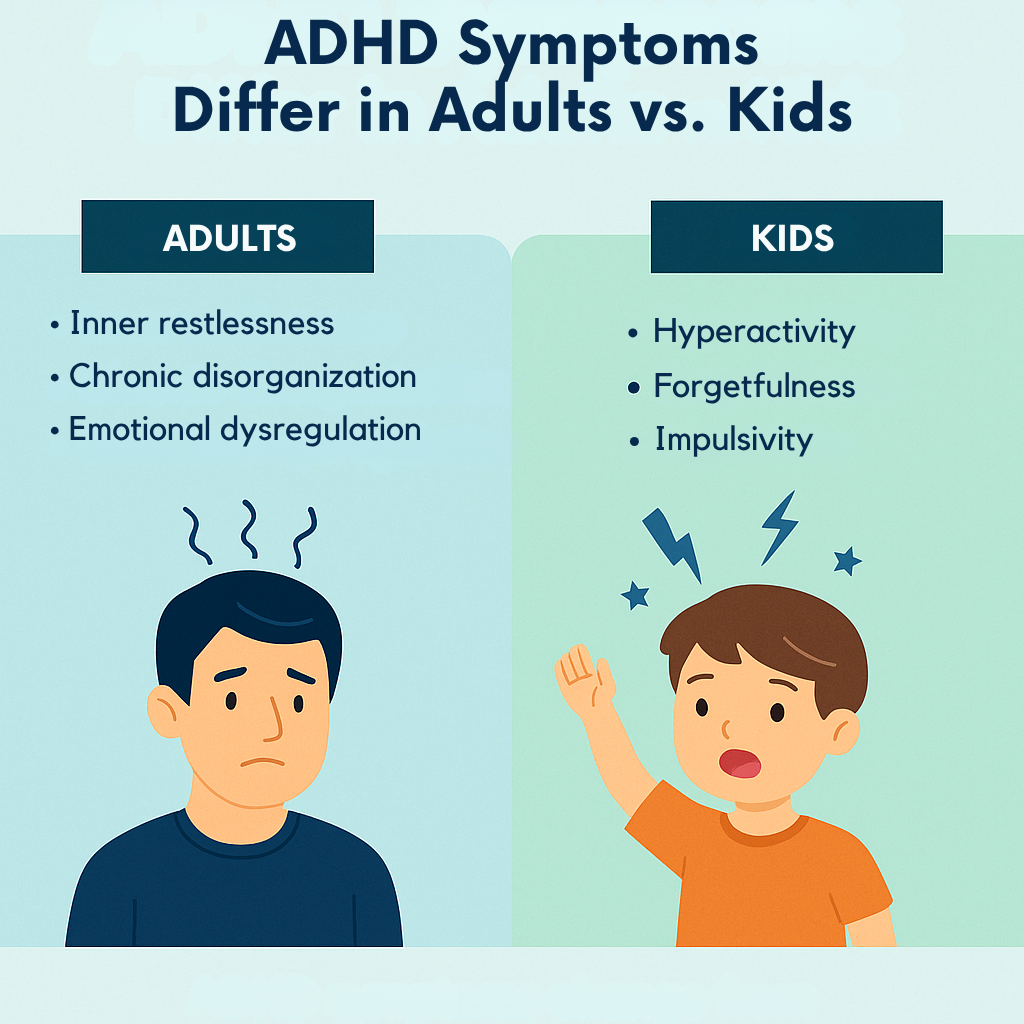Metabolic syndrome is a group of health problems when you have three or more health problems which are often found together in people who are obese. When all the health problems are combined, It can lead to serious health conditions, like stroke, diabetes, or heart disease. It is also called insulin resistance syndrome or “syndrome X”. If you have metabolic syndrome, it means you have 3 or more of these:
- Abdominal obesity: This means having a waist size of more than 35 inches for women and more than 40 inches for men. Larger waist size is most strongly tied to metabolic syndrome.
- High blood pressure: This means blood pressure of 130/80 mm Hg or higher. Normal blood pressure is less than 120/80 mm Hg. High blood pressure is strongly tied to obesity. It is often found in people with insulin resistance.
- High fasting blood glucose: This means a level of 100 mg/dL or higher before treatment.
- High triglyceride level: This means a level of more than 150 mg/dL before treatment. Triglycerides are a type of fat in the blood.
- Low HDL (good) cholesterol: This means less than 40 mg/dL for men and less than 50 mg/dL for women.
Each of these still counts as a risk factor, even if you are being treated for it.
Risk for metabolic syndrome
Knowing your risk factors for any disease can help guide you to take helpful actions. This includes changing habits and being checked by your healthcare provider for the disease.
Risk factors most closely tied to metabolic syndrome include:
- Older age
- Being African American or Mexican American
- Being African American and female
- A body mass index (BMI) higher than 25
- Diabetes during pregnancy (gestational diabetes)
- Having a family member with type 2 diabetes
- Smoking
- History of heavy drinking
- Stress
- Being past menopause
- High-fat diet
- Inactive lifestyle
Symptoms of metabolic syndrome
In general, people do not have symptoms. But high blood pressure, high triglycerides, and being overweight may be signs of metabolic syndrome. People with insulin resistance may have acanthosis nigricans. This is darkened skin areas on the back of the neck, in the armpits, and under the breasts.
How is metabolic syndrome diagnosed?
You may be diagnosed with metabolic syndrome if you have:
- Abdominal obesity
- BMI above 25
- High triglycerides
- Low HDL cholesterol
- High blood pressure or are using medicine to lower blood pressure
- High fasting blood glucose
- Increased blood clotting
- Insulin resistance




